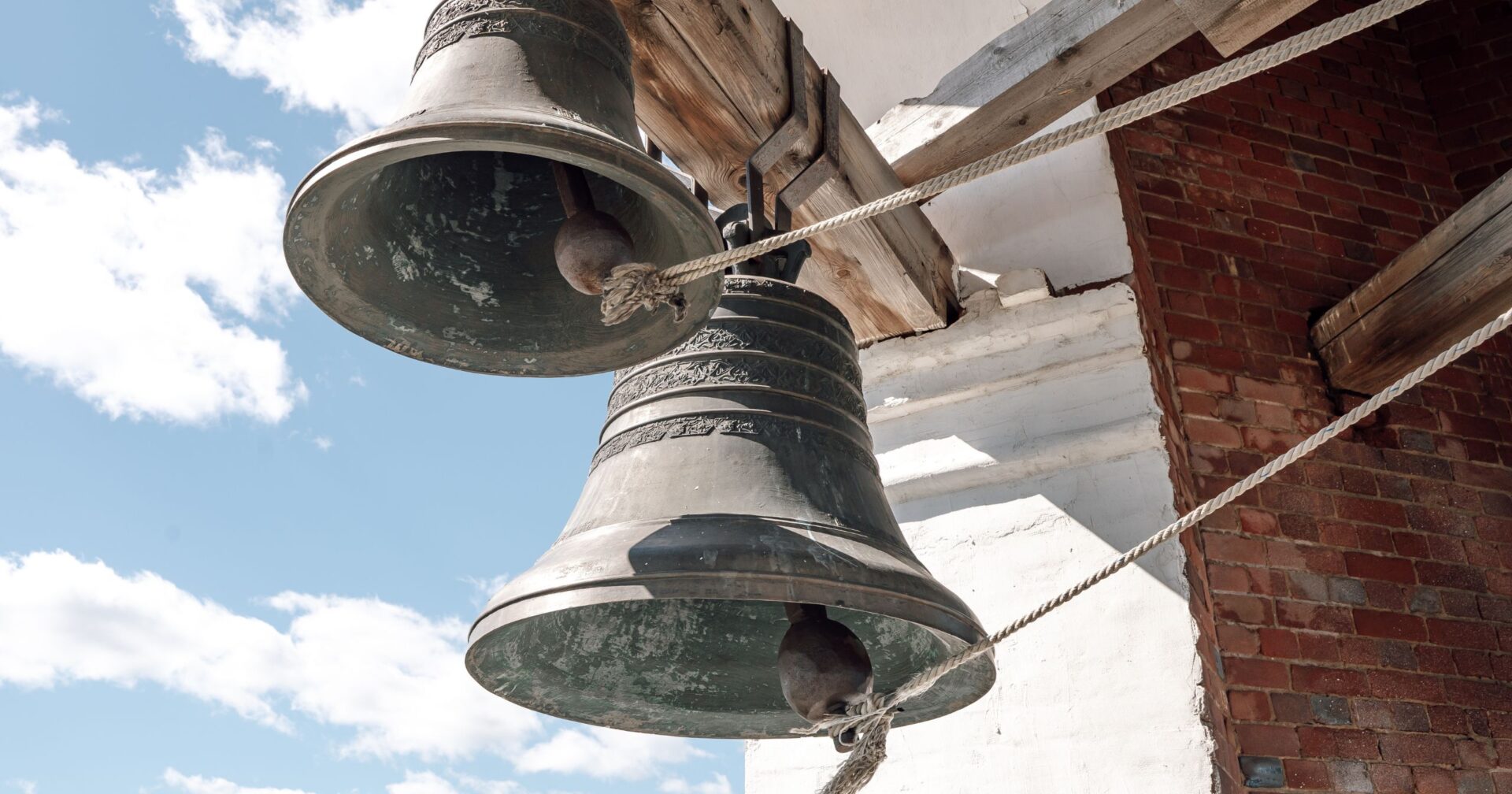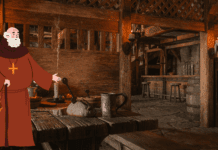In Medieval Europe, church bells were highly anthropomorphized. They were given names, and were said to have “tongues” and “mouths.”
Medieval life was quite literally centered around them. With no way of telling time, your life ebbed and flowed around the ringing of the bells, marking the passing hours of the day.
“To approach a medieval settlement at certain times of the day, notably towards dawn, was to hear bells sooner or later. It was when you heard a bell, not when you saw a light or the smoke of a fire, you knew that you had found civilization, or something like it.”
Bells were blessed and “baptized,” known as the baptismus campanarum. They were even punished for their “sins”!
For example, if a bell fell and struck or killed a parishioner, they were filled with thorns and removed from service for seven years, echoing God’s words to Adam after the Fall:
“Thorns and thistles it shall bear for you…” – Genesis 3:18
“A bell represents the office of a preacher, whence, in some places bells are baptized to show that nobody is permitted to preach save those that have undergone baptism. If, by some unfortunate chance, a bell falls and kills a man, then it is filled inside with thorns as a mark of penitence. When seven years have passed, the bell is reintroduced to its former function and sounded.”
Watch to learn more!

















